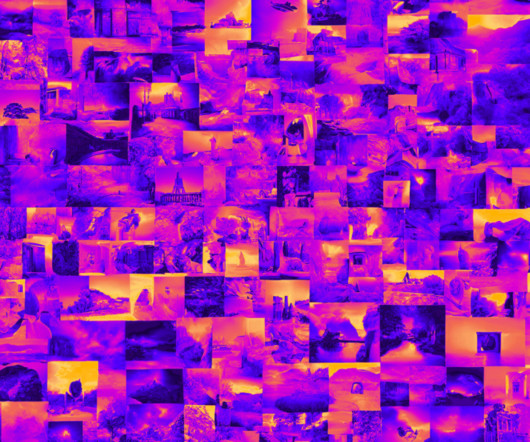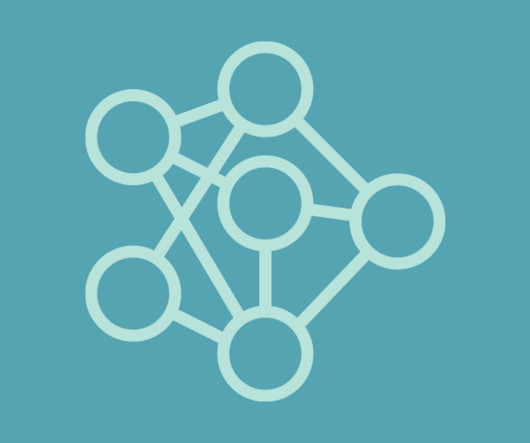Revolutionizing Image Classification: Training Large Convolutional Neural Networks on the ImageNet Dataset
Marktechpost
SEPTEMBER 24, 2024
million high-resolution images from the ImageNet LSVRC-2010 contest, spanning 1,000 categories. Previously, researchers doubted that neural networks could solve complex visual tasks without hand-designed systems. on the ILSVRC-2010 dataset, outperforming previous methods like sparse coding (47.1% and 28.2%).













Let's personalize your content